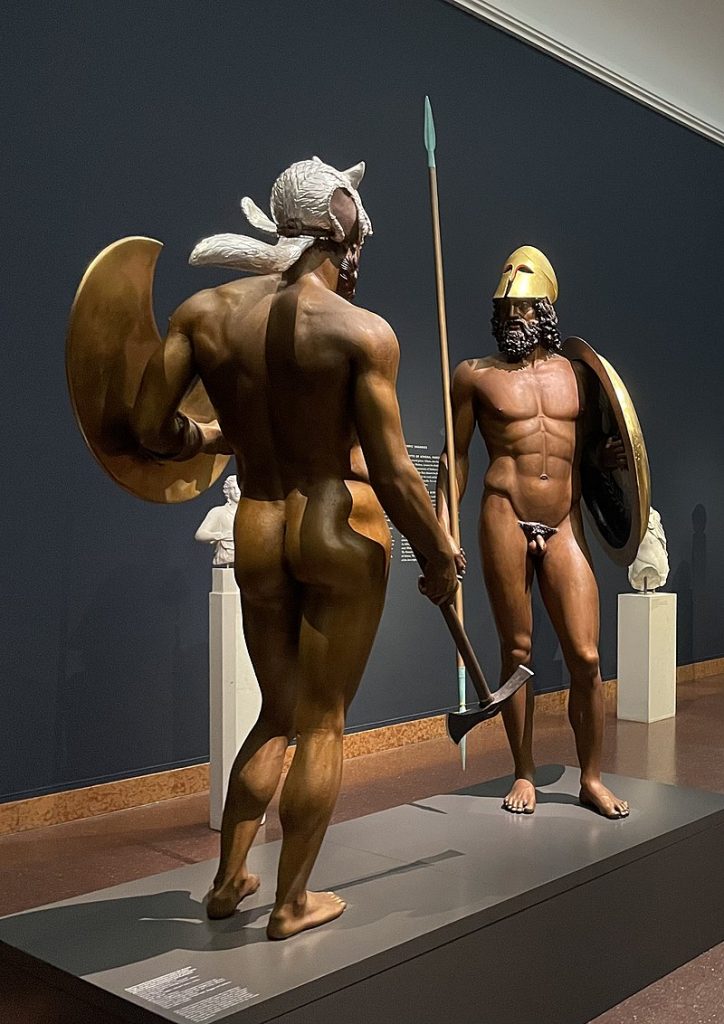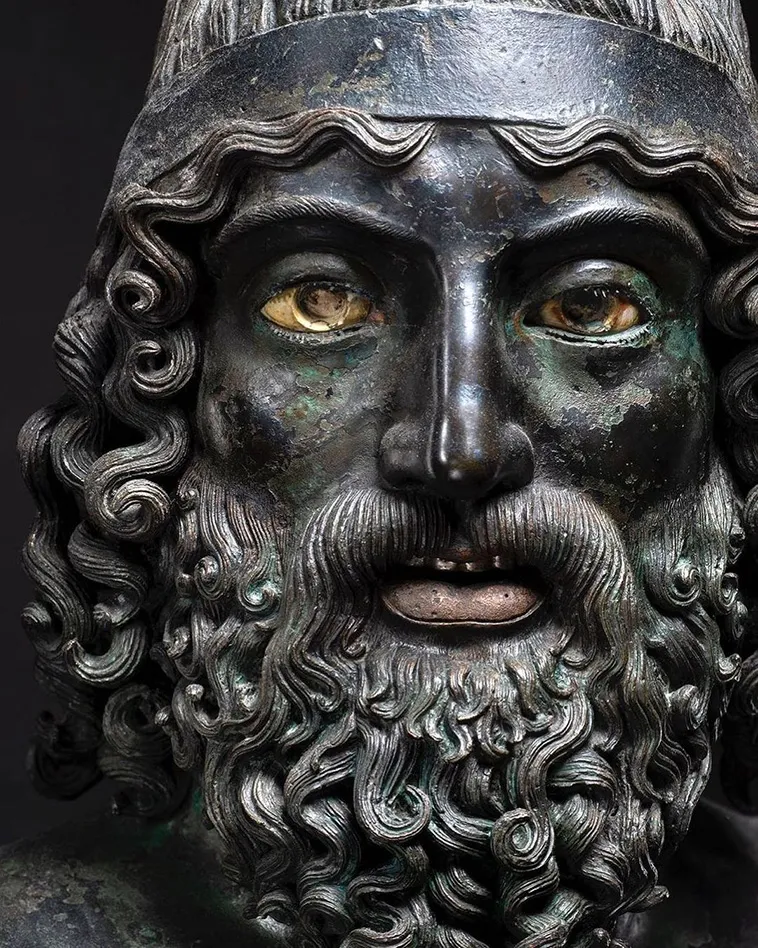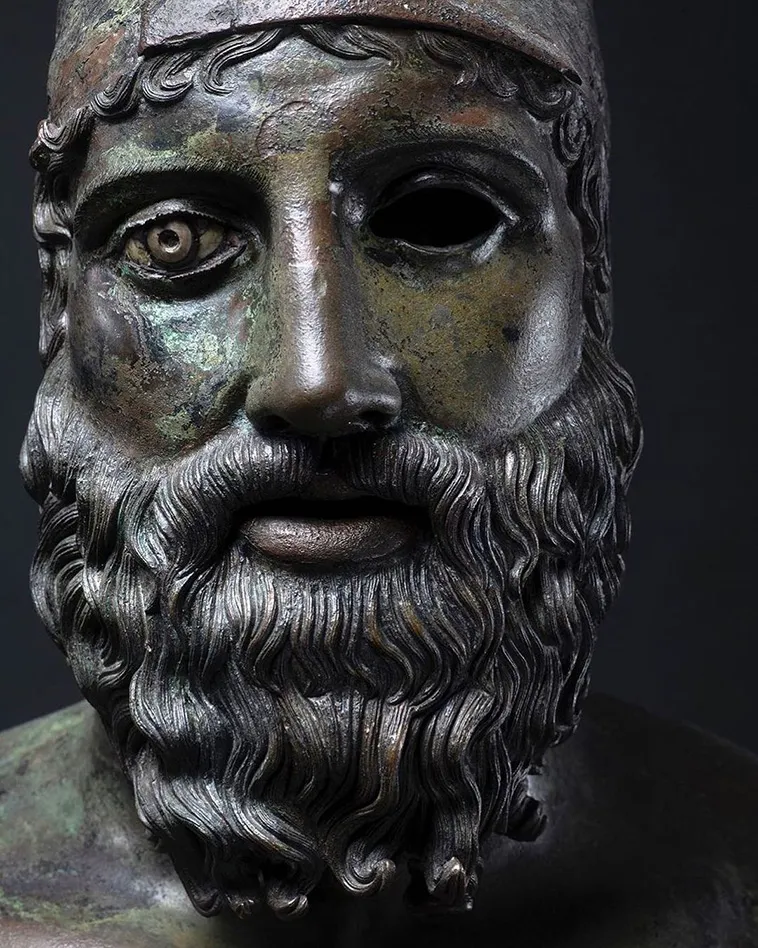Ancient Greek statues known as the Riace Bronzes were discovered in the sea in 1972 at Riace, which is located in the region of Calabria in Italy. The precise age of the statues is a point of contention; however, the style and skill of the bronzes are representative of the art of bronzery in the fifth century BC.
Riace Bronzes are unique specimens of their sort due to the fact that bronze statues from the ancient Greek period were melted down at a later time. Regarding the location of their birthplace, researchers have hypothesized that it was either Attica or Argolis in the Peloponnese.
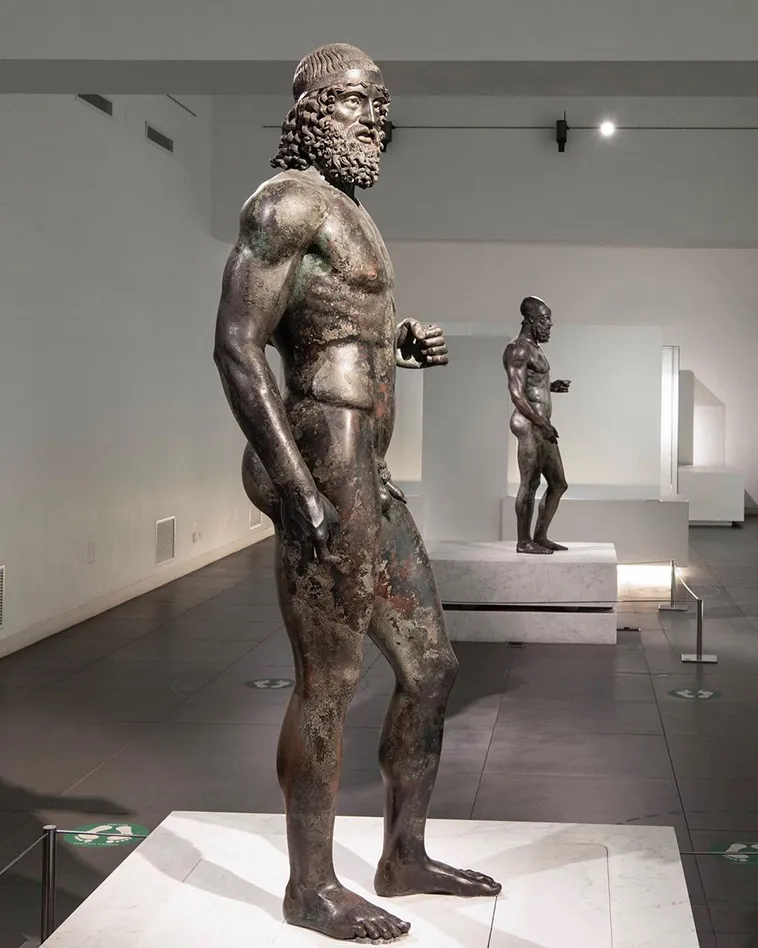
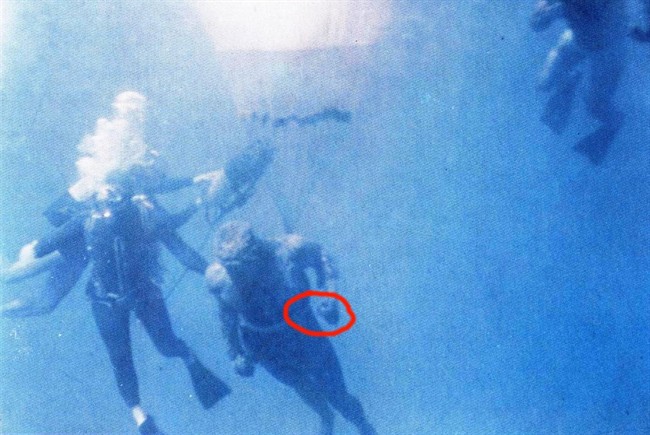
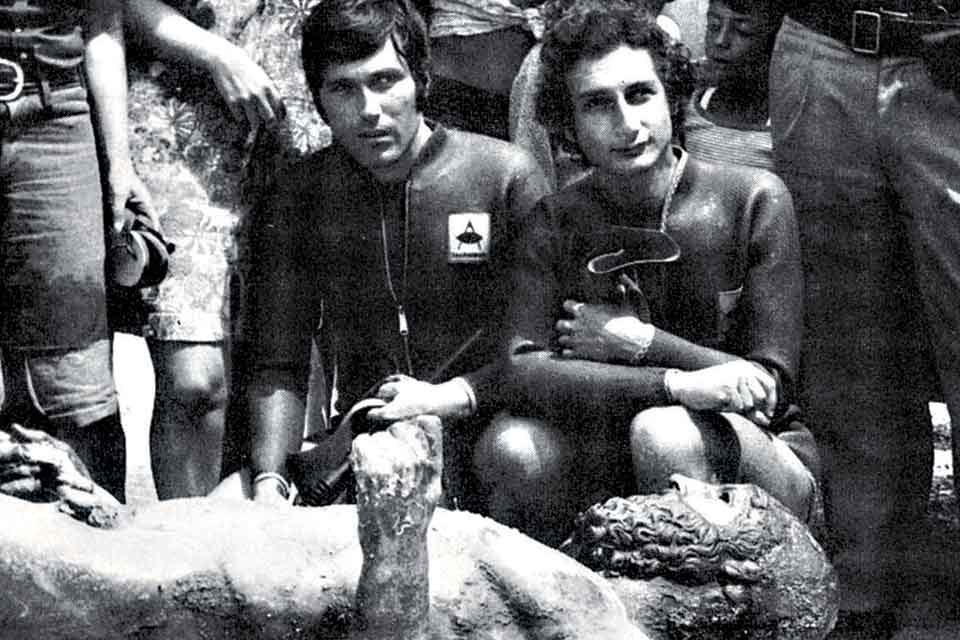

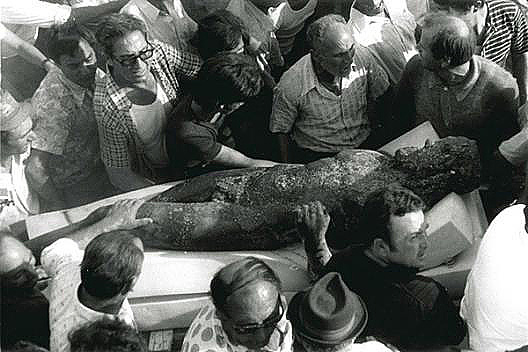
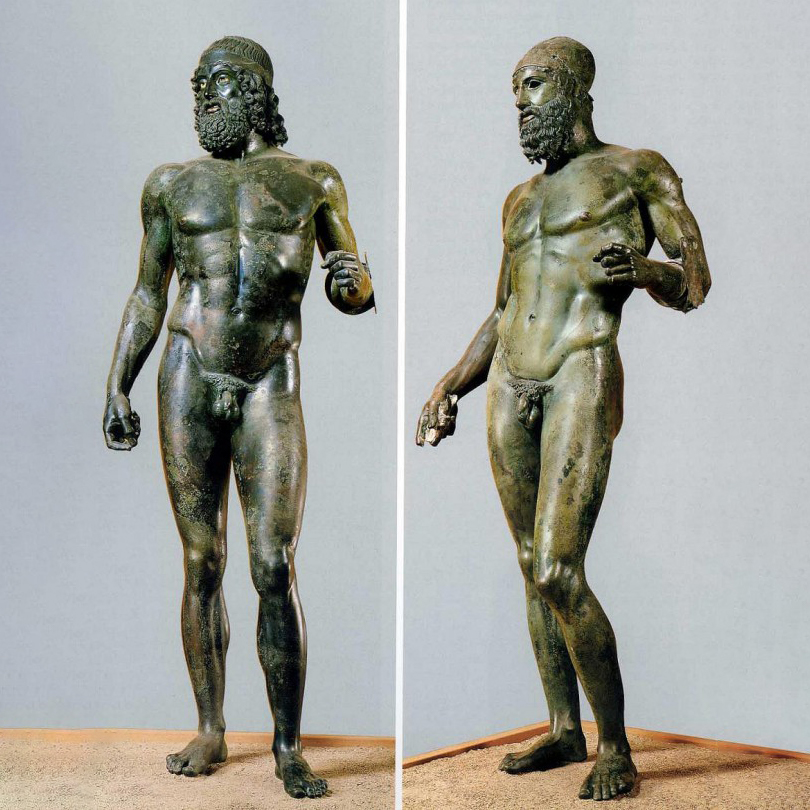
To this day, archaeologists and other scientists have not been able to determine with absolute confidence who the bronze statues depict, when they were formed, or how on earth they made their way to the region of Calabria where they were found.
The statues’ names are also a point of debate. Do they show people who are athletes, heroes, or gods? Their nakedness is a sign of divinity or bravery. They used to have weapons like helmets and coats of arms. Their bodies look like the perfect human body, and they are 2m tall. Even though the mystery isn’t over, most people call them the Riace Warriors.
The two statues were discovered by Stefano Mariottini in the town of Riace. They were then taken to the National Museum of Reggio Calabria, where they underwent an initial restoration that involved removing the layers of concretized sand that were coating them.
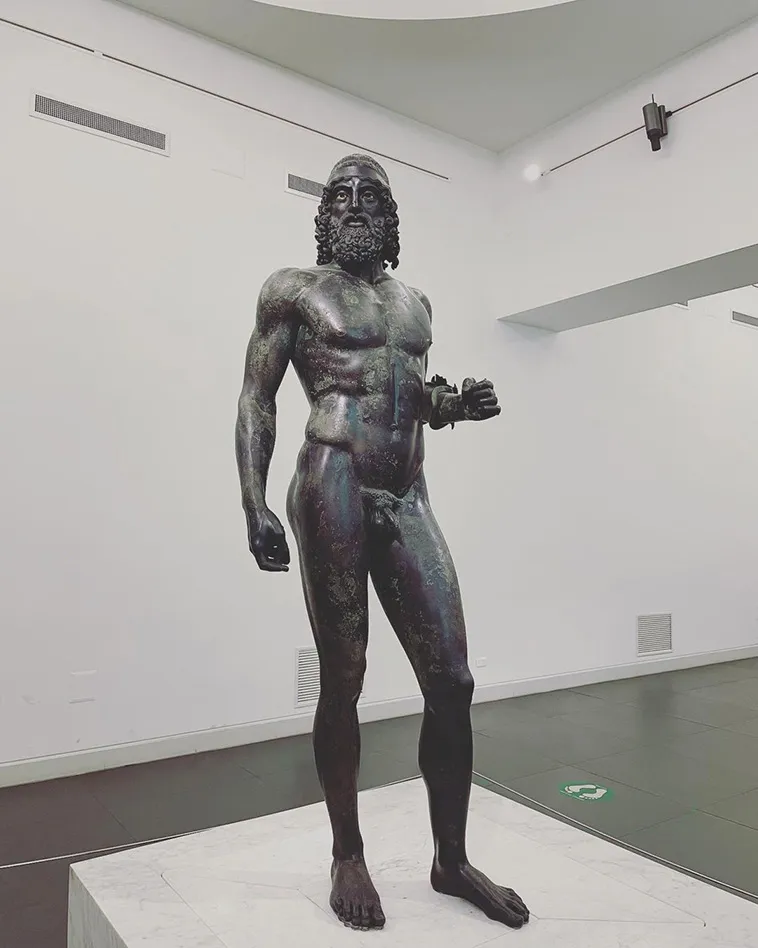
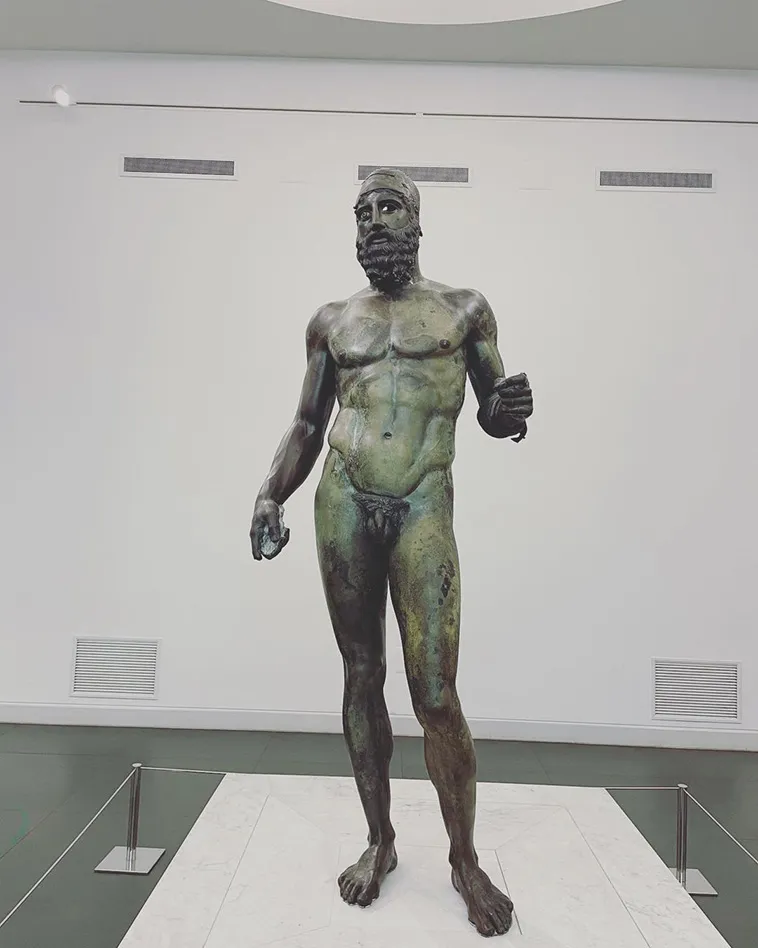
The National Museum of Reggio Calabria is the location where visitors can view the Riace Bronzes in the present day.
